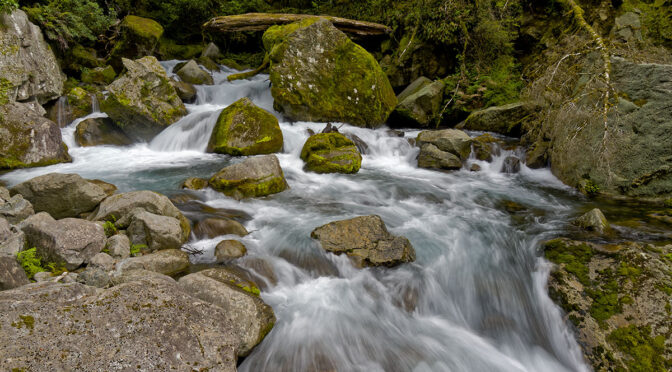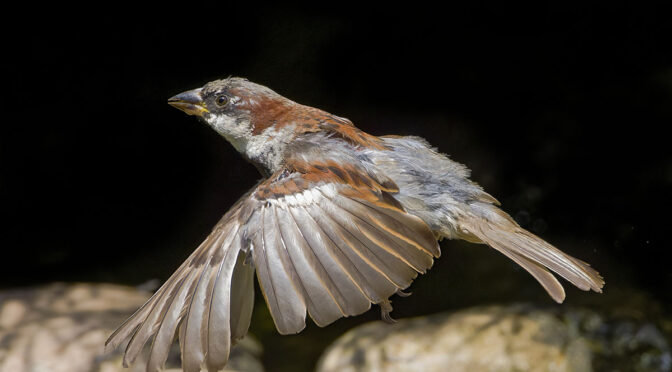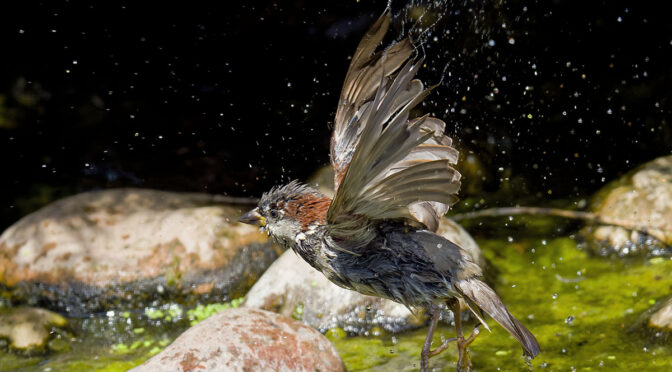This article discusses using Live ND in New Zealand during a photography tour my wife and I did in late 2024. Live ND is a computational photography technology that is available on a number of Olympus/OM cameras. It provides an in-camera effect similar to using a neutral density filter.
Focus and Recompose Technique
Focus and recompose technique is something that was very commonly used back in the days when DSLRs only had a limited number of auto-focus points, mainly clustered around centre frame.
Importance of Frame Rate
This article discusses the importance of frame rate, specifically when photographing perched birds and insects taking flight. As photographers each of us has our own approach on how we use our camera gear. I appreciate that many people use continuous auto-focus for the bulk of their photography that involves wildlife subjects in motion.
Handheld Telephoto Tips
This article features some basic handheld telephoto tips that can be used to help avoid arm fatigue when using larger, heavier lenses. Now that I’m in my 70s I still use the same basic technique that I’ve utilized for many years. There are a few things that I’ve added to help me shoot with the M.Zuiko 150-600 mm f/5-6.3 IS zoom lens for extended periods of time.
Slow Shutter Speeds at Bird Kingdom
During a recent visit to Bird Kingdom I decided to experiment with slow shutter speeds when photographing various birds, and a few reptiles.
Bees with 150-600
This article features a selection of images of bees captured handheld with the M.Zuiko 150-600 mm f/5-6.3 IS zoom lens.
Implementing a WFPB Lifestyle
It has been 17 months since my wife and I began implementing a WFPB lifestyle (whole food plant based). We’ve both experienced significant and meaningful health benefits. So much so, that we have no intention of ever consuming a typical Western diet… full of animal products, and highly processed foods.
Catch-As-Catch-Can Photography
For me, catch-as-catch-can photography has always meant living in the moment and reacting to photographic opportunities as they reveal themselves. There can be special feelings of creativity… spontaneity… and sometimes excitement that happen when we work in challenging conditions, or have to respond quickly to unplanned situations.
I suppose ‘catch-as-catch-can’ photography may be viewed by some folks as a ‘seat of the pants’ approach. Given the lack of detailed preparation and planning that is involved with ‘catch-as-catch-can’ photography… this is likely a fair assessment.
Dragonflies In-Flight
This article features a selection of images of dragonflies in-flight captured handheld using the M.Zuiko 150-600 mm f/5-6.3 IS zoom. All of the images were captured during a recent visit to the Royal Botanical Gardens in Burlington Ontario.
Macro with 2X Teleconverter
As a handheld photographer, shooting macro with a 2X teleconverter was something that I had never attempted, or even considered, in the past. That all changed when we purchased the M.Zuiko 90 mm f/3.5 PRO IS macro lens.










